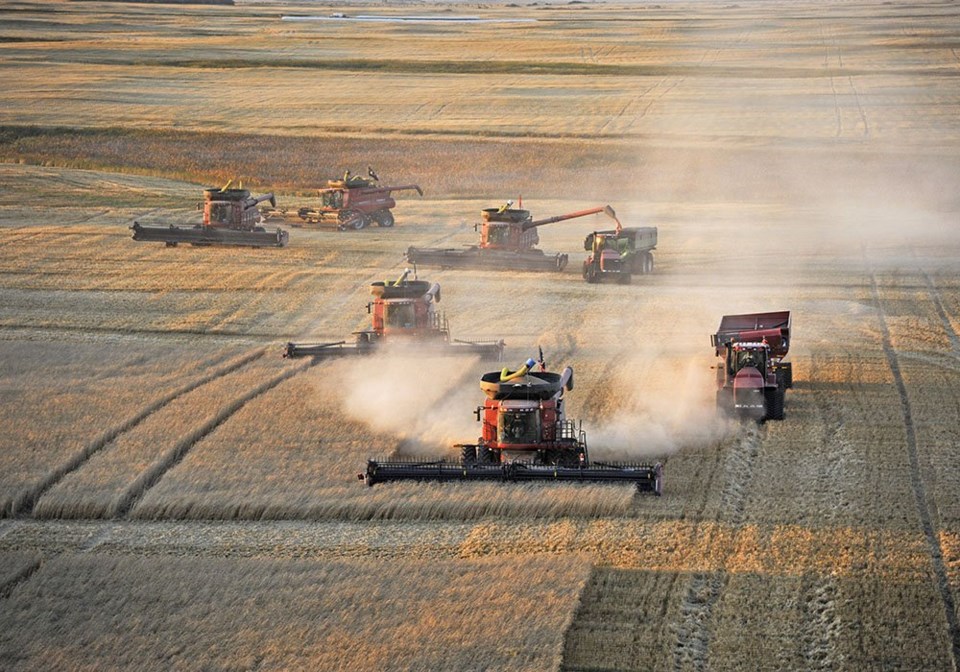WESTERN PRODUCER — Global wheat stocks could sink to levels not seen since 2007-08.
A major agricultural analytics firm believes global wheat stocks are far smaller than the U.S. Department of Agriculture and others are reporting.
Gro Intelligence recently told the United Nations Security Council that supplies are getting dangerously low.
“I want to start by explicitly saying that the Russia-Ukraine war did not start the food security crisis,” Gro chief executive officer Sara Menker told the council in her May 19 presentation.
“It simply added fuel to a fire that was long burning.”
The USDA is forecasting 280 million tonnes of global wheat ending stocks in 2021-22, resulting in a healthy stocks-to-use ratio of 35 percent.
However, Gro Intelligence believes that number will be 20 percent based on “verifiable data from public and private sources.” That would be a level not seen since the global financial crisis of 2007 and 2008.
“We currently only have 10 weeks of global consumption sitting in inventory around the world,” said Menker.
And there is no relief in sight. Global fertilizer prices have nearly tripled over the last year due to supply shocks.
“This risks significant crop yield reductions in key producing regions, such as Brazil, the United States and Western Europe later this year and next year, severely impacting global food security and inflation for the next three to five years at a minimum,” said Menker.
Global drought conditions for wheat are the worst in more than 20 years in both major importing and exporting regions.
“For example, Brazil’s cropland soil moisture is at a 20-year low. Major grain importers in the Middle East and Africa are also experiencing record droughts,” she said.
Neil Townsend, chief market analyst with FarmLink Marketing Solutions, said Gro Intelligence does great work.
“I would take their numbers very, very seriously,” he said.
“It is a very tight situation. I would agree with her.”
Townsend said the USDA’s estimate that China is sitting on 142 million tonnes of wheat is highly suspect. It does not mesh with the country’s recent buying habits.
Even the USDA acknowledged in a recent report that stocks held by the top eight exporters in the world are around 55 million tonnes, which is the lowest level since 2012-13 and well below the recent 2017-18 high of 75 million tonnes.
The USDA recently lowered its India production estimate to 108.5 million tonnes, down from 114 million tonnes due to a heatwave in that country.
Townsend believes that is still too high based on the stories he has read coming out of India’s top four wheat producing states.
“You can’t find an article where the loss on the field was less than 20 percent and some of them were up to 50 percent,” he said.
He thinks the crop is sub-100 million tonnes, which would result in an even tighter global supply situation.
Some relief to the tight global supplies could be on the horizon. Russia is under intense international pressure to allow wheat trapped in Ukraine to make its way to markets like the Middle East and Africa where it is desperately needed.
Wheat prices fell after Reuters reported that Russia is ready to set up a corridor for ships leaving Ukraine loaded with wheat and corn. The catch is that it wants some international sanctions to be lifted in return.





